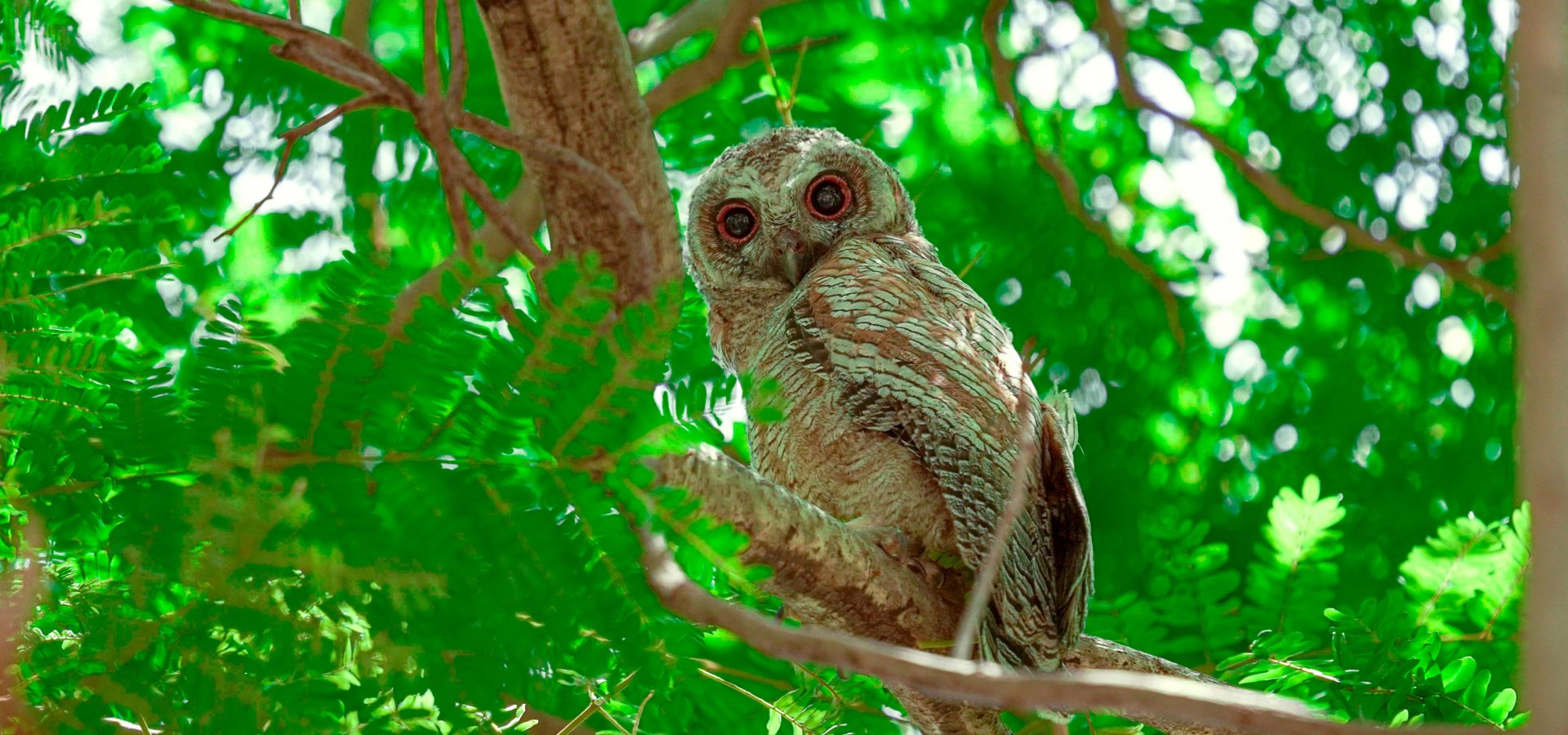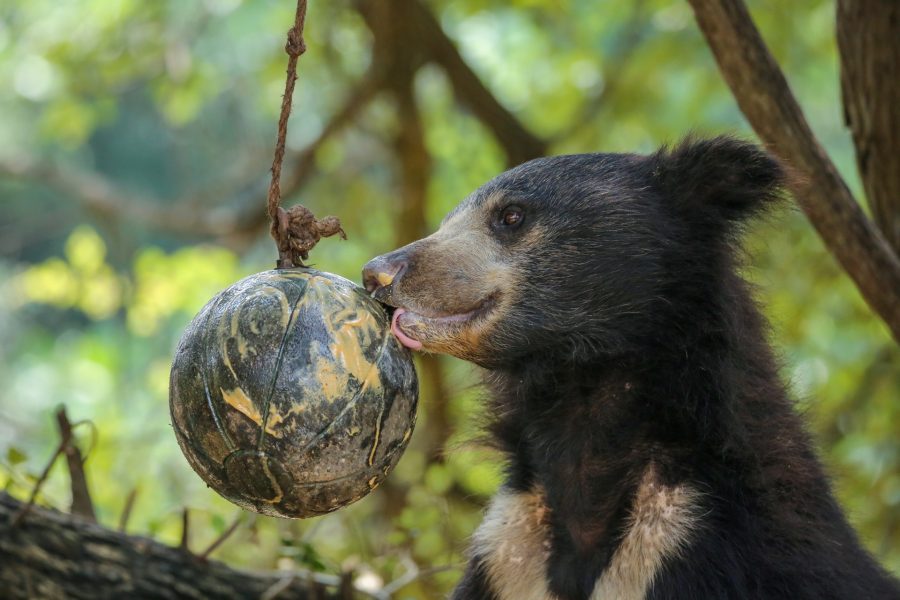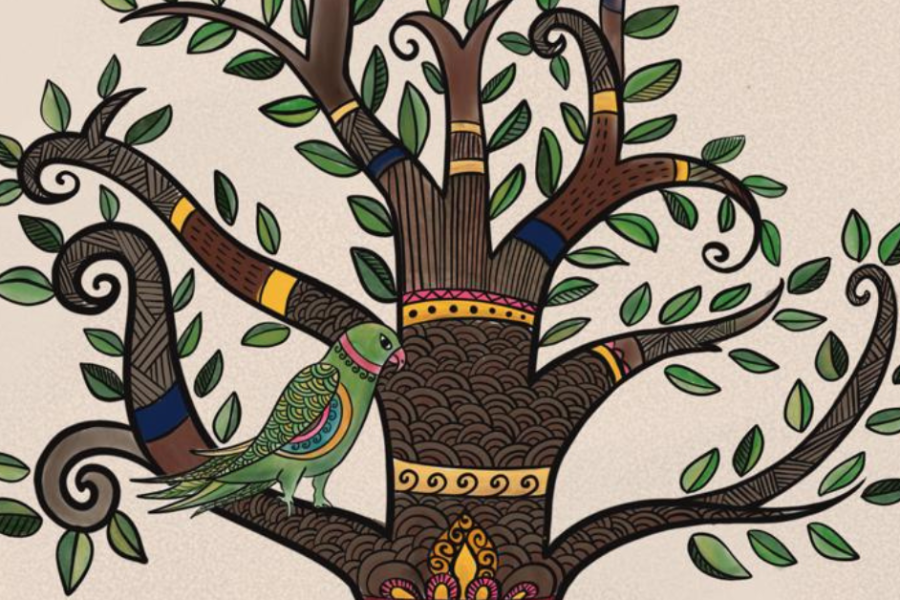Diwali, a festival of lights and prosperity that is associated with Goddess Lakshmi, somehow, ironically and tragically, thrusts into darkness the lives of the goddess’ most trusted steed. According to Hindu iconography, each of the deities in our vast pantheon is pictured with an animal chosen as their mighty ‘vahana’, their carrier. In Goddess Lakshmi’s case, the animal takes the form of an owl.
However, association with the Goddess of wealth and prosperity does no favour to the owl. It is believed that Lakshmi walks on the Earth on the auspicious festival of lights, visiting those houses which are clean and well-lit.
However, over time, a cruel practice has cropped up. According to popular belief, owls are supposed to fly in with the goddess of wealth seated on their backs, and therefore killing the said bird will trap the goddess in their house, ensuring unlimited prosperity in their household. Another unfounded belief upholds that owl is a symbol of bad luck, thereby condemning many of these hapless birds to an untimely demise born out of orthodox superstitions.
Although the precise number of owls traded and slaughtered each year is unknown, these instances rise and become more noticeable in the lead-up to Diwali. Black magic practitioners, often known as tantriks, hunt down nocturnal prey birds every year to use them in occult rituals around the festival. For Wildlife SOS, such instances account for a race against time to bring back light into the lives of India’s unique nocturnal predators.
Bengal Eagle-Owls Get a Second Chance at Life
In a life-saving operation just days before Diwali, Wildlife SOS in tandem with the Gujarat Society for Prevention of Cruelty to Animals (GSPCA) helped the forest department and Wildlife Crime Control Bureau (WCCB) Mumbai rescue two Bengal eagle-owls.
Following information that the poached owls were near Avdha hamlet, the combined team launched a raid and quickly apprehended the offender. The owls were discovered in a very upsetting state—they were bound and housed within a wooden crate.
Five more people were arrested after the offender provided information, bringing the total number of criminals to six. This is not the first episode of rescuing Bengal eagle-owls during this part of the season. In prior years as well, many of these magnificent avians were close to meeting a dreadful fate.
Eight Bengal eagle-owls, also called Indian eagle-owls, were saved from traffickers in 2020 by the Wildlife SOS-GSPCA Rapid Response Unit. The strategic plan was to deceive the illegal dealers into believing that the rescue team was a part of Gujarat’s illicit wildlife trading community. The group also apprehended a group of smugglers in 2019 that was in unlawful possession of an Indian eagle-owl. It was anticipated that the bird would be sold to tantriks for use in their rituals.
Darkness Falls on India’s Nocturnal Birds
The most sought-after owls are horned ones, which, like the Indian eagle-owl, have ear tufts or extensions of feathers on the head that are said to possess mystical qualities. Though this is a feature for only some species, the non-tufted ones are made to suffer as well. Many a time, we have seen spotted owlets dyed to resemble horned owls.
To provide the appearance of erect ears, latex derived from ficus trees is applied to the feathers on their heads. Additionally, the colour red is incorporated into their eyes, a feature that purchasers find appealing. Some other frequently traded species that are targeted by poachers, include the brown fish owl, dusky owl, Indian scops owl, and mottled wood owl.
Owls are demanded for their body parts such as talons, skulls, bones, feathers, meat, and blood, which are employed in talismans, black magic, and traditional remedies that are motivated by religious stories and superstitious beliefs. This makes the domestic owl trade quite profitable.
According to a 2019 TRAFFIC study, a number of states, including Uttar Pradesh, Madhya Pradesh, Andhra Pradesh, Chhattisgarh, Jharkhand, Rajasthan, Gujarat, and Uttarakhand, have become hubs for the illegal trade of owls.
Superstitious beliefs state that the head of an owl may destroy adversaries and grant the ability to read in the dark. Its eyes can see into the future or past lives. The owl tongue can cause a divorce or become invisible, and bones of this bird can reveal hidden wealth. Such saddening untruths have long supported wildlife traffickers, who use the Diwali celebration as a cover to sell endangered animals for profit.
Saving India’s Owls — Laws and Individual Effort
The Wildlife (Protection) Act, 1972 provides protection for every species of owl found in India. The Act’s Schedule IV lists all other species, with the exception of the forest owlet, which is classified in Schedule I as an endangered species that requires strict protection.
The trading, trapping, hunting, and any kind of transit of these birds are prohibited under this act. Any offence will subject the accused to a fine and/or a sentence of three to seven years in prison. The Convention on International Trade in Endangered Species of Wild Flora and Fauna (CITES) forbids the buying and selling of owls on a global scale.
Despite the regulations, these amazing species that have lived for over 50–60 million years are disappearing due to widespread anthropogenic practices. Therefore, it is up to us to take action and remove the shadow of ignorance that surrounds India’s nocturnal prey birds.
If you see an owl in danger, please contact the closest animal protection group immediately. You can reach out to Wildlife SOS on our 24×7 helplines if you reside in any of the following regions:
Delhi NCR – +91 9871963535
Agra & Mathura in Uttar Pradesh – +91 9917109666
Vadodara, Gujarat – +91 9825011117
Jammu & Kashmir – +91 7006692300,+91 9419778280





